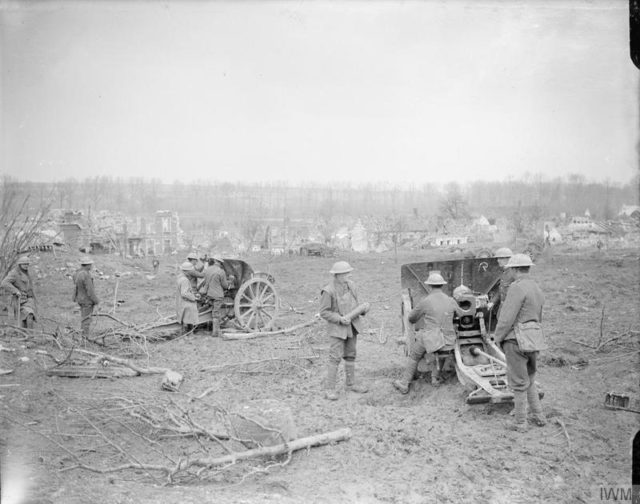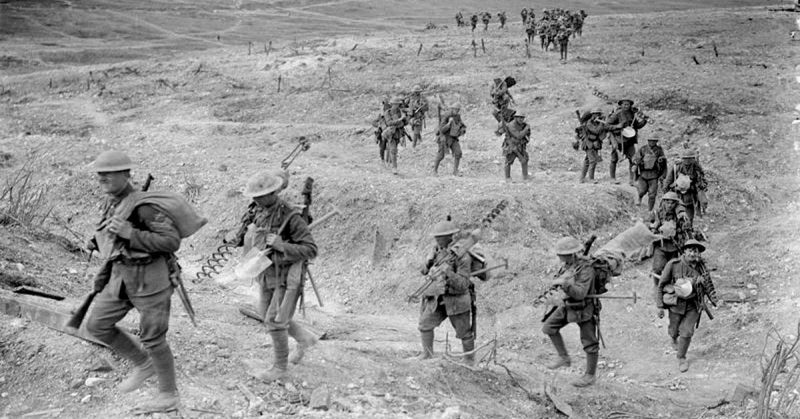A century ago in April 1917 thousands of Commonwealth and British troops engaged the German enemy in the Battle of Arras.
Many huddled below ground in a maze of underground galleries professionally excavated by New Zealand tunnel diggers who had lengthened the numerous medieval caves and caverns underneath a northern French city to prevent enemy eyes from glimpsing the imminent mass attack.
One hundred years later there is little hesitation that in many respects Arras 1917 is the ‘Forgotten Battle’ of WWI. Yet, in consideration of its strategic standing, its position in Scotland’s military past, and in connection to the extraordinarily large number of casualties, the battle should be graded as one of the most significant and most unpleasant encounters of the Great War.
It was a battle that has an unusual echo for Scotland. It was the largest battle ever accepted by its servicemen. Statistically, it was seven times bigger than Bruce’s army at Bannockburn.
No less than 44 battalions, in addition to seven from Canada showing their Scottish heritage in their regimental titles, were from Scotland. They participated in what became an epic and, at the start, a hugely successful fight, moving further and quicker than almost any other allied army to that time.
But, as was customary in the First World War, a determined rear guard and ensuing counter attack claimed British casualties eventually totaling over 159,000 killed, missing or wounded. Of that number, 55,000 were Scots with no fewer than 18,000 dead.

In military terms, the authorized British history of the war stated that the first day of the battle must be considered one of the most notable days of the war. It represented one of the most difficult British offensives that had been launched throughout the war.
Lt Gen Alistair Irwin, past former Adjutant General of the British Army and now leader of the Royal British Legion for Scotland, said most historians conclude that Arras was the battle when the lessons that had been learned the hard way began to bear fruit. He thinks it was where the British Army started to have the confidence in its skill to conduct the business at hand. This was the battle where things began to go the right way.
A memorial service was held April 9 at the Commonwealth War Graves Cemetery in Arras and was conducted by the Moderator of the General Assembly of the Church of Scotland. In attendance were school students and cadets from across Scotland, joined by French and Canadian students.
While that attack at Arras is not well-known to the British, such is not the situation regarding the northern part of the conflict.
There it is not viewed as a different battle – the Battle of Vimy Ridge by the four divisions of the Canadian Corps who captured what up to that time was considered an impregnable German strong point but is also seen as ushering in Canada’s emergence as a world power.
Canadian forces lost 3,660 men and had more than 10,600 casualties.
One German prisoner was horrified to be captured, by a big man with no hair except for a tuft on top of his head and white and red paint on his face. He then realized that he was a Native American, The Telegraph reported.
The Battle of Arras, not as well-known as Passchendaele or the Somme, had an everyday casualty rate higher than both.
